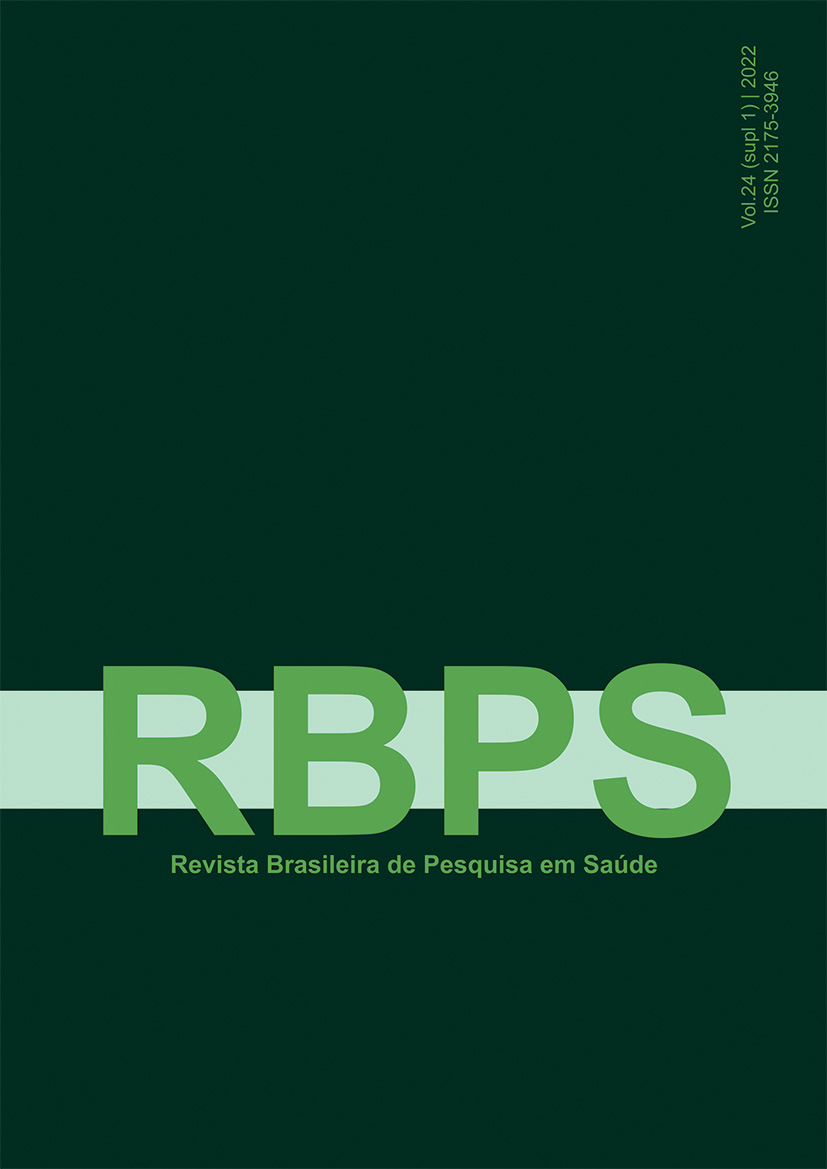Patients profile with perinatal asphyxia in a risk newborn follow-up program
DOI:
https://doi.org/10.47456/rbps.v24isupl_1.39707Keywords:
Neonatology, Follow-Up Care, Asphyxia NeonatorumAbstract
Introduction: Perinatal asphyxia is the third leading cause of perinatal death in the world, with hypoxic-ischemic encephalopathy (HIE) as its main complication, associated with high morbidity. Objective: To develop the profile of newborns diagnosed with perinatal asphyxia assisted in a follow-up program for high-risk newborns at a university hospital in Espírito Santo. Methods: Retrospective data collection from the medical records of patients at the outpatient follow-up clinic for at-risk newborns, from October 2020 to September 2021, with perinatal asphyxia. Data were tabulated, standardized and aggregated into a single database for the study of variables. It has authorization from the ethics committee, under number CAAE 57982322.7.0000.5071. Results: Nine cases were identified in outpatient follow-up. Most of them were classified as having severe HIE and underwent therapeutic hypothermia, female, with second pregnancy mothers and mean age of 29 years. The mean gestational age was 37 weeks, with a mean weight of 2846 grams, most of them adequate for gestational age and a mean stay in a neonatal intensive care unit of 40 days. In the evaluation of motor scales, all who were evaluated were below the 25th percentile and 83% remained below the 25th percentile. Conclusion: HIE requires regular multiprofessional follow-up in a service specializing in at-risk newborns to follow child development with the application of developmental scales, enabling early intervention and improved prognosis and quality of life
Downloads
Downloads
Published
How to Cite
Issue
Section
License
Copyright (c) 2022 Brazilian Journal of Health Research

This work is licensed under a Creative Commons Attribution-NonCommercial-NoDerivatives 4.0 International License.





